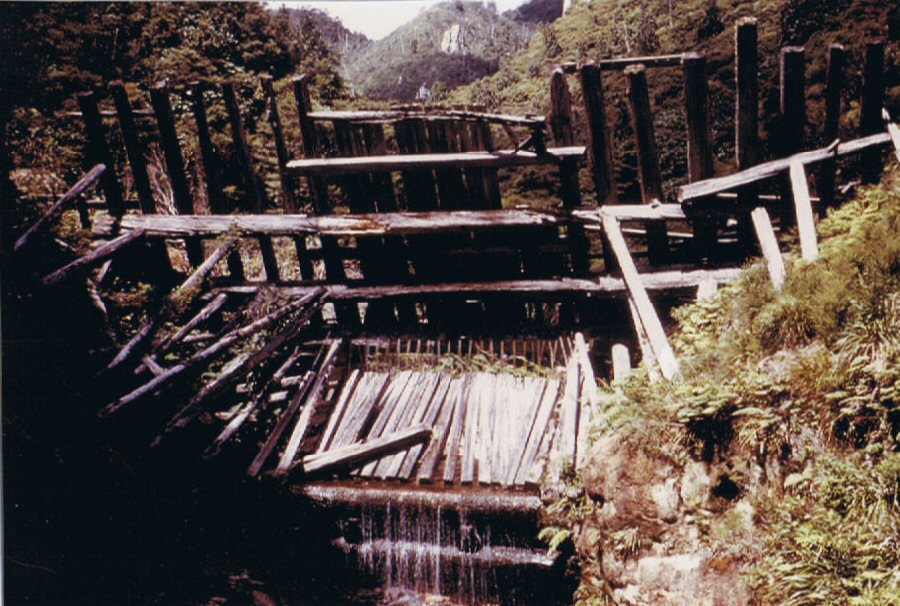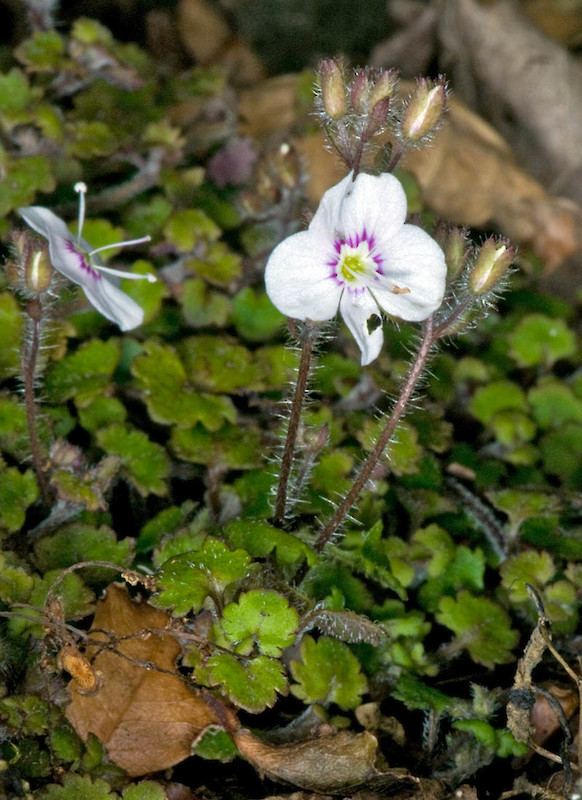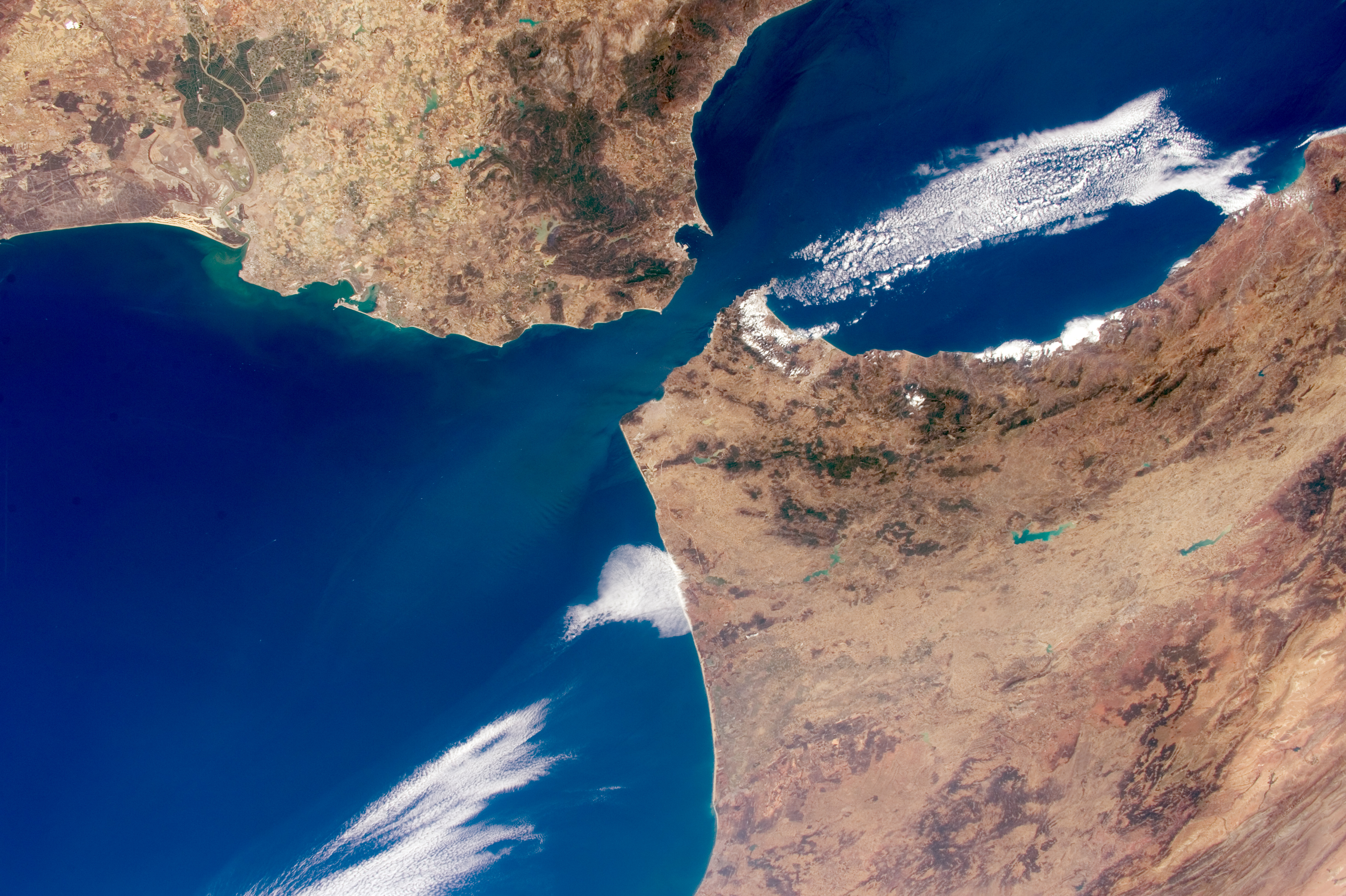|
Colville Channel
The Colville Channel is one of three channels connecting the Hauraki Gulf / Tīkapa Moana with the Pacific Ocean to the northeast of Auckland Auckland ( ; ) is a large metropolitan city in the North Island of New Zealand. It has an urban population of about It is located in the greater Auckland Region, the area governed by Auckland Council, which includes outlying rural areas and ..., New Zealand. It is the easternmost channel, lying between the southern end of Great Barrier Island and Cape Colville at the northern tip of the Coromandel Peninsula. The tiny Channel Island lies in the centre of the channel. The other two channels are the Cradock Channel and the Jellicoe Channel. References Hauraki Gulf Straits of New Zealand Great Barrier Island Thames-Coromandel District Landforms of the Auckland Region {{Auckland-geo-stub ... [...More Info...] [...Related Items...] OR: [Wikipedia] [Google] [Baidu] |
Great Barrier Island
Great Barrier Island () lies in the outer Hauraki Gulf, New Zealand, north-east of central Auckland. With an area of it is the sixth-largest List of islands of New Zealand, island of New Zealand. Its highest point, Mount Hobson, Great Barrier Island, Mount Hobson, is above sea level.Great Barrier Island Aotea page on the DOC website (from the New Zealand Department of Conservation, Department of Conservation. Accessed 2008-06-04.) The local government in New Zealand, local authority is the Auckland Council. The island was initially exploited for its minerals and kauri trees and saw only limited agriculture. In 2013, it was inhabited by 939 people, from Statistics New Zealand. mostly living from ... [...More Info...] [...Related Items...] OR: [Wikipedia] [Google] [Baidu] |
Coromandel Peninsula
The Coromandel Peninsula () on the North Island of New Zealand extends north from the western end of the Bay of Plenty, forming a natural barrier protecting the Hauraki Gulf and the Firth of Thames in the west from the Pacific Ocean to the east. It is wide at its broadest point. Almost its entire population lives on the narrow coastal strips fronting the Hauraki Gulf and the Bay of Plenty. In clear weather the peninsula is clearly visible from Auckland, the country's biggest city, which lies on the far shore of the Hauraki Gulf, to the west. The peninsula is part of the Thames-Coromandel District and the Waikato Region. Names The Māori name for the peninsula is ''Te Tara-o-te-Ika-a-Māui'', meaning "the barb of Māui's fish". This comes from the legend of Māui and the Fish, in which the demigod uses his hook to catch a great fish (Te Ika-a-Māui or the North Island) from the depths of the Pacific Ocean. In Hauraki Māori tradition, the fish is likened to a sti ... [...More Info...] [...Related Items...] OR: [Wikipedia] [Google] [Baidu] |
Auckland Region
Auckland () is one of the 16 regions of New Zealand, which takes its name from the eponymous urban areas of New Zealand, urban area. The region encompasses the Auckland, Auckland metropolitan area, smaller towns, rural areas, and the islands of the Hauraki Gulf. Containing percent of the nation's residents, it has by far the largest population and economy of any region of New Zealand, but the second-smallest land area. On 1 November 2010, the Auckland region became a unitary authority administered by the Auckland Council, replacing the previous regional council and seven local councils. In the process, an area in its southeastern corner was transferred to the neighbouring Waikato region. Since then, the Auckland Council has introduced a system of local boards to divide the region for local government. Geography On the mainland, the region extends from the mouth of the Kaipara Harbour in the north across the southern stretches of the Northland Peninsula, through the Waitā ... [...More Info...] [...Related Items...] OR: [Wikipedia] [Google] [Baidu] |
New Zealand
New Zealand () is an island country in the southwestern Pacific Ocean. It consists of two main landmasses—the North Island () and the South Island ()—and List of islands of New Zealand, over 600 smaller islands. It is the List of island countries, sixth-largest island country by area and lies east of Australia across the Tasman Sea and south of the islands of New Caledonia, Fiji, and Tonga. The Geography of New Zealand, country's varied topography and sharp mountain peaks, including the Southern Alps (), owe much to tectonic uplift and volcanic eruptions. Capital of New Zealand, New Zealand's capital city is Wellington, and its most populous city is Auckland. The islands of New Zealand were the last large habitable land to be settled by humans. Between about 1280 and 1350, Polynesians began to settle in the islands and subsequently developed a distinctive Māori culture. In 1642, the Dutch explorer Abel Tasman became the first European to sight and record New Zealand. ... [...More Info...] [...Related Items...] OR: [Wikipedia] [Google] [Baidu] |
Hauraki Gulf / Tīkapa Moana
The Hauraki Gulf / Tīkapa Moana is a coastal feature of the North Island of New Zealand. It has an area of 4000 km2, Zeldisl, J. R. et al. (1995) Salp grazing: effects on phytoplankton abundance, vertical distribution and taxonomic composition in a coastal habitat. Marine Ecology Progress Series, Vol. 126, p 267-283 and lies between, in anticlockwise order, the , the , the , and |
Auckland
Auckland ( ; ) is a large metropolitan city in the North Island of New Zealand. It has an urban population of about It is located in the greater Auckland Region, the area governed by Auckland Council, which includes outlying rural areas and the islands of the Hauraki Gulf, and which has a total population of as of It is the List of cities in New Zealand, most populous city of New Zealand and the List of cities in Oceania by population, fifth-largest city in Oceania. The city lies between the Hauraki Gulf to the east, the Hunua Ranges to the south-east, the Manukau Harbour to the south-west, and the Waitākere Ranges and smaller ranges to the west and north-west. The surrounding hills are covered in rainforest and the landscape is dotted with 53 volcanic centres that make up the Auckland Volcanic Field. The central part of the urban area occupies a narrow isthmus between the Manukau Harbour on the Tasman Sea and the Waitematā Harbour on the Pacific Ocean. Auckland is one of ... [...More Info...] [...Related Items...] OR: [Wikipedia] [Google] [Baidu] |
Cape Colville
Cape Colville is the northernmost point of the Coromandel Peninsula in New Zealand's North Island. It lies 85 kilometres north of Thames, and 70 kilometres northeast of the city of Auckland, on the other side of the Hauraki Gulf. The small settlements of Port Jackson and Fletcher Bay lie immediately to the west and east respectively of the cape. Great Barrier Island lies to the north of Cape Colville, separated from it by 20-kilometre width of the Colville Channel. The tiny Channel Island lies between the two. Port Jackson Port Jackson Bay, just to the south of the Cape, has been inhabited since at least the fifteenth century. At the south end of the Bay, at Port Jackson, a water-powered flax mill existed in 1901, when the population was just 12. There is a camp site. New Zealand dotterel (''Anarhynchus obscurus''), a species of plover, breed locally. Boneseed is a local weed. Dune restoration with spinifex was done from 2009 to 2011. There was much flooding in 2014. Kille ... [...More Info...] [...Related Items...] OR: [Wikipedia] [Google] [Baidu] |
Channel Island (New Zealand)
The Colville Channel is one of three channels connecting the Hauraki Gulf / Tīkapa Moana with the Pacific Ocean to the northeast of Auckland, New Zealand. It is the easternmost channel, lying between the southern end of Great Barrier Island and Cape Colville at the northern tip of the Coromandel Peninsula. The tiny Channel Island The Channel Islands are an archipelago in the English Channel, off the French coast of Normandy. They are divided into two Crown Dependencies: the Bailiwick of Jersey, which is the largest of the islands; and the Bailiwick of Guernsey, consist ... lies in the centre of the channel. The other two channels are the Cradock Channel and the Jellicoe Channel. References Hauraki Gulf Straits of New Zealand Great Barrier Island Thames-Coromandel District Landforms of the Auckland Region {{Auckland-geo-stub ... [...More Info...] [...Related Items...] OR: [Wikipedia] [Google] [Baidu] |
Cradock Channel
The Cradock Channel is one of three channels connecting the Hauraki Gulf with the Pacific Ocean to the northeast of Auckland, New Zealand. It is the central channel, lying between Great Barrier Island to the east and Little Barrier Island to the west. The other two channels are the Jellicoe Channel and the Colville Channel. Approximately 17,000 years ago during the Last Glacial Period when sea levels were significantly lower, the area was a part of a vast coastal plain. The area where the Cradock Channel exists was where the Waitematā Harbour (then a river) and the Mahurangi River passed before reaching the Pacific Ocean The Pacific Ocean is the largest and deepest of Earth's five Borders of the oceans, oceanic divisions. It extends from the Arctic Ocean in the north to the Southern Ocean, or, depending on the definition, to Antarctica in the south, and is .... References Hauraki Gulf Straits of New Zealand Great Barrier Island Landforms of the Auckland Reg ... [...More Info...] [...Related Items...] OR: [Wikipedia] [Google] [Baidu] |
Jellicoe Channel
The Jellicoe Channel is one of three channels connecting the Hauraki Gulf with the Pacific Ocean to the northeast of Auckland, New Zealand. It is the westernmost channel, lying between Cape Rodney on the North Auckland Peninsula and Little Barrier Island. The other two channels are the Cradock Channel and the Colville Channel The Colville Channel is one of three channels connecting the Hauraki Gulf / Tīkapa Moana with the Pacific Ocean to the northeast of Auckland Auckland ( ; ) is a large metropolitan city in the North Island of New Zealand. It has an urban .... References Hauraki Gulf Straits of New Zealand Landforms of the Auckland Region {{Northland-geo-stub ... [...More Info...] [...Related Items...] OR: [Wikipedia] [Google] [Baidu] |
Hauraki Gulf
The Hauraki Gulf / Tīkapa Moana is a coastal feature of the North Island of New Zealand. It has an area of 4000 km2, Zeldisl, J. R. et al. (1995) Salp grazing: effects on phytoplankton abundance, vertical distribution and taxonomic composition in a coastal habitat. Marine Ecology Progress Series, Vol. 126, p 267-283 and lies between, in anticlockwise order, the , the Hauraki Plains, the Coromandel Peninsula, and |
Straits Of New Zealand
A strait is a water body connecting two seas or water basins. The surface water is, for the most part, at the same elevation on both sides and flows through the strait in both directions, even though the topography generally constricts the flow somewhat. In some straits there is a dominant directional current. Most commonly, the strait is a narrowing channel that lies between two land masses. Straits are loci for sediment accumulation, with sand-size deposits usually occurring on the two strait exits, forming subaqueous fans or deltas. Some straits are not navigable because, for example, they are too narrow or too shallow, or because of an unnavigable reef or archipelago. Terminology The terms '' channel'', ''pass'', or ''passage'' can be synonymous and used interchangeably with ''strait'', although each is sometimes differentiated with varying senses. In Scotland, ''firth'' or ''Kyle'' are also sometimes used as synonyms for strait. Many straits are economically importan ... [...More Info...] [...Related Items...] OR: [Wikipedia] [Google] [Baidu] |







